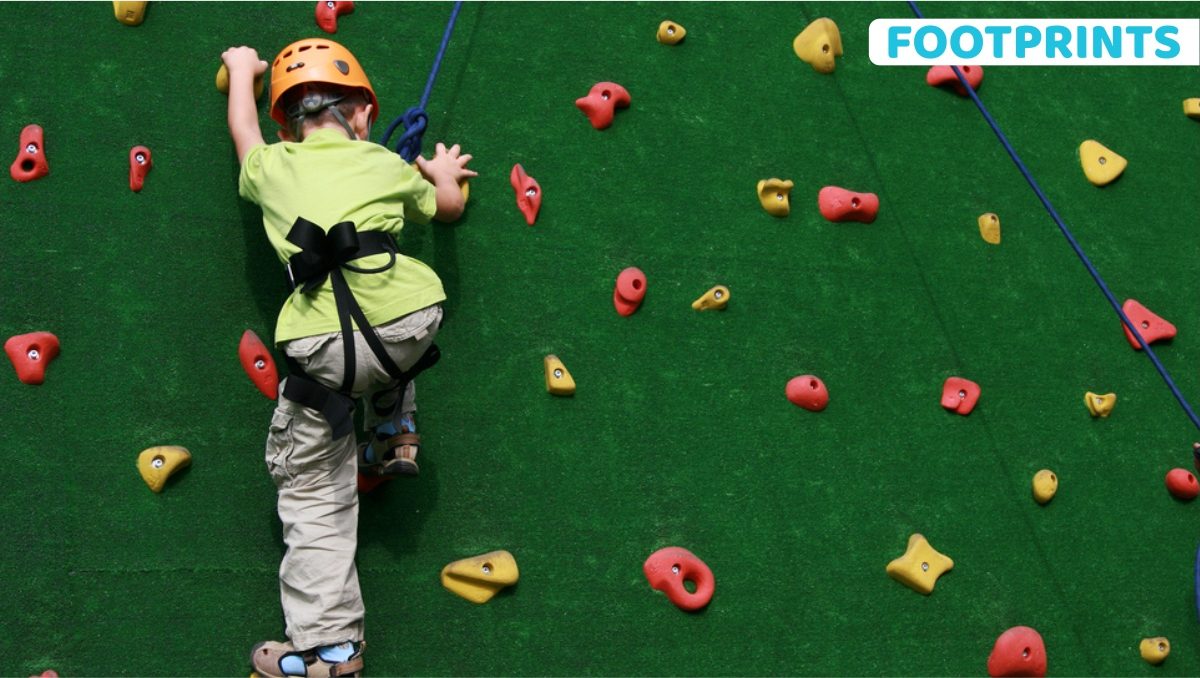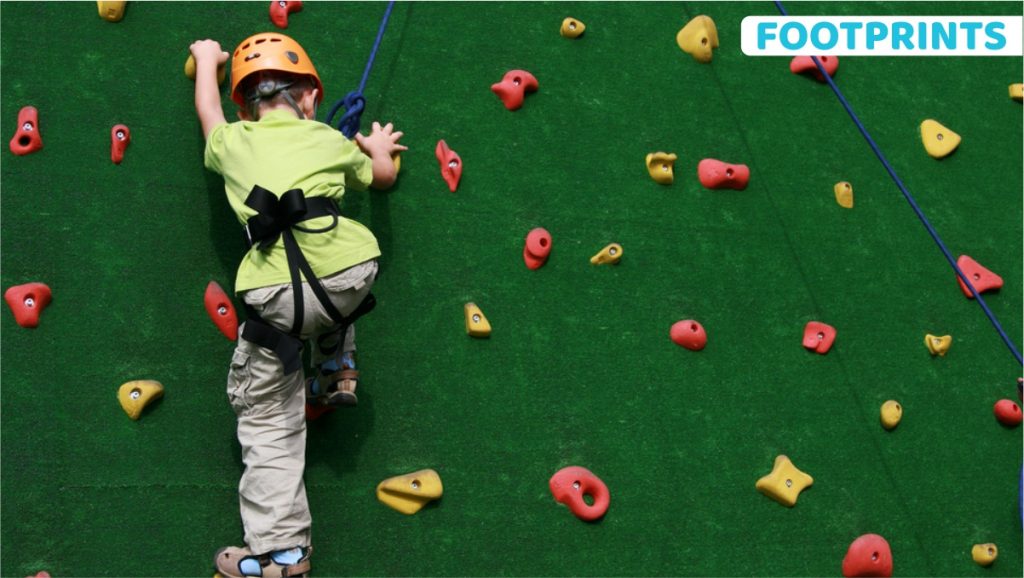
When it comes to preschoolers, they are learning a host of new skills and are beginning to feel a lot more independent. One thing that describes them best is a heightened sense of curiosity about everything around them. From learning to ride a tricycle to pulling a chair to reach a counter, they want to do it all. Though every parent would want to supervise a preschooler and their safety every waking minute, the reality is that at some time every parent will lose sight of her child, if only for a short while. Here is what you can do to ensure that they stay away from harm’s way in those moments:
Be prepared
The first thing to do is to be prepared of course. Be mindful of his or her new skills; whether it is the ability to reach a high counter or open the door and venture out, there is a lot that he one can now achieve. An assessment of his newfound skills will help you look at your living space from a new perspective and make it safer. From blocking access to certain areas to keeping certain things that were earlier not within his reach out of bounds, there is a lot you can do to ensure safety.
Pro tip- Go through your home from a child’s eye level to spot hazards that you may otherwise miss.
Introduce safety rules
This is a good time to introduce basic safety rules. Simple things like crossing the street or going into the pool only along with an adult work well. For rules to be effective, however, it is important to ensure that they are simple and age-appropriate. It isn’t advisable to exaggerate potential dangers. You do not want the child to grow up thinking that the world is a scary place! Rules also need to be consistent and followed by everyone in the family. It is best to keep the rules positive where the child is told what he should do rather than what he should not do. Do remember to offer praise when you see them being followed. A word of caution here though- it will help to remember that the child cannot always establish a correlation between the action and its consequence or always remember rules when he is excited. It is best to be mentally prepared for such eventualities.
Model safe behavior
The best way to teach safe behavior is to model it. Telling a child to wash his or her hands after playing in the park or before eating, will not work as well as demonstrating it yourself. In fact, make such activities a family routine. The child is bound to follow it without looking at it as a chore or a rule forced upon him.
Role-Play
It always helps to role-play potential situations with the child. Things like what the child will do if the ball rolled out on the street or if he could not find you in the supermarket, will serve as coachable moments. If the child is not able to come up with an answer, it will help to provide some alternatives to choose from.
Ensure that the child can open up to you
Whether the child has broken your favorite vase or has broken one of your safety rules, do remember to keep your emotions in check. A meltdown could mean that the child is hesitant in opening up to you the next time around. This can jeopardize his safety in more ways than one.
Above everything remember that teaching a child to stay safe requires a lot of patience and sensitivity. You need to educate the child without scaring and scarring him for life. You aren’t just helping the child stay safe you are also helping in instilling confidence in the child. When done well you are also teaching the child to trust his or her instincts, a life skill that will stand him in good stead as he navigates the twists and turns of life.

Amita is an experienced educator with over 30 years of experience. She has an outstanding understanding of child development, having worked with various age groups for prestigious businesses. She has been dedicated to handling Footprints’s Curriculum and Delivery department for the past decade. Amita’s credentials include being one of India’s few HighScope Curriculum certified trainers and volunteering as a course leader for Landmark Education, the world’s largest training firm.


